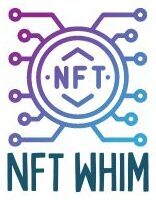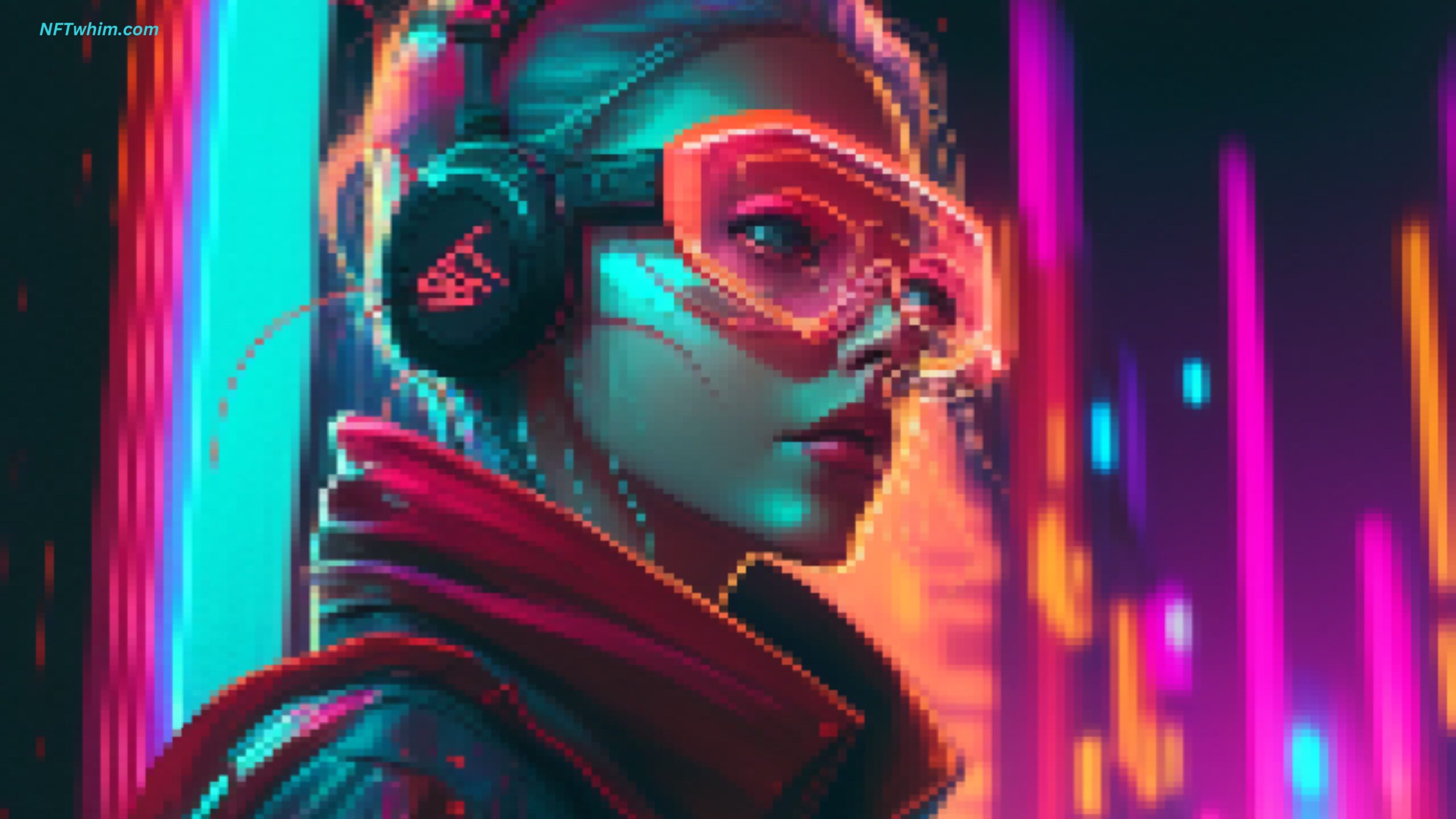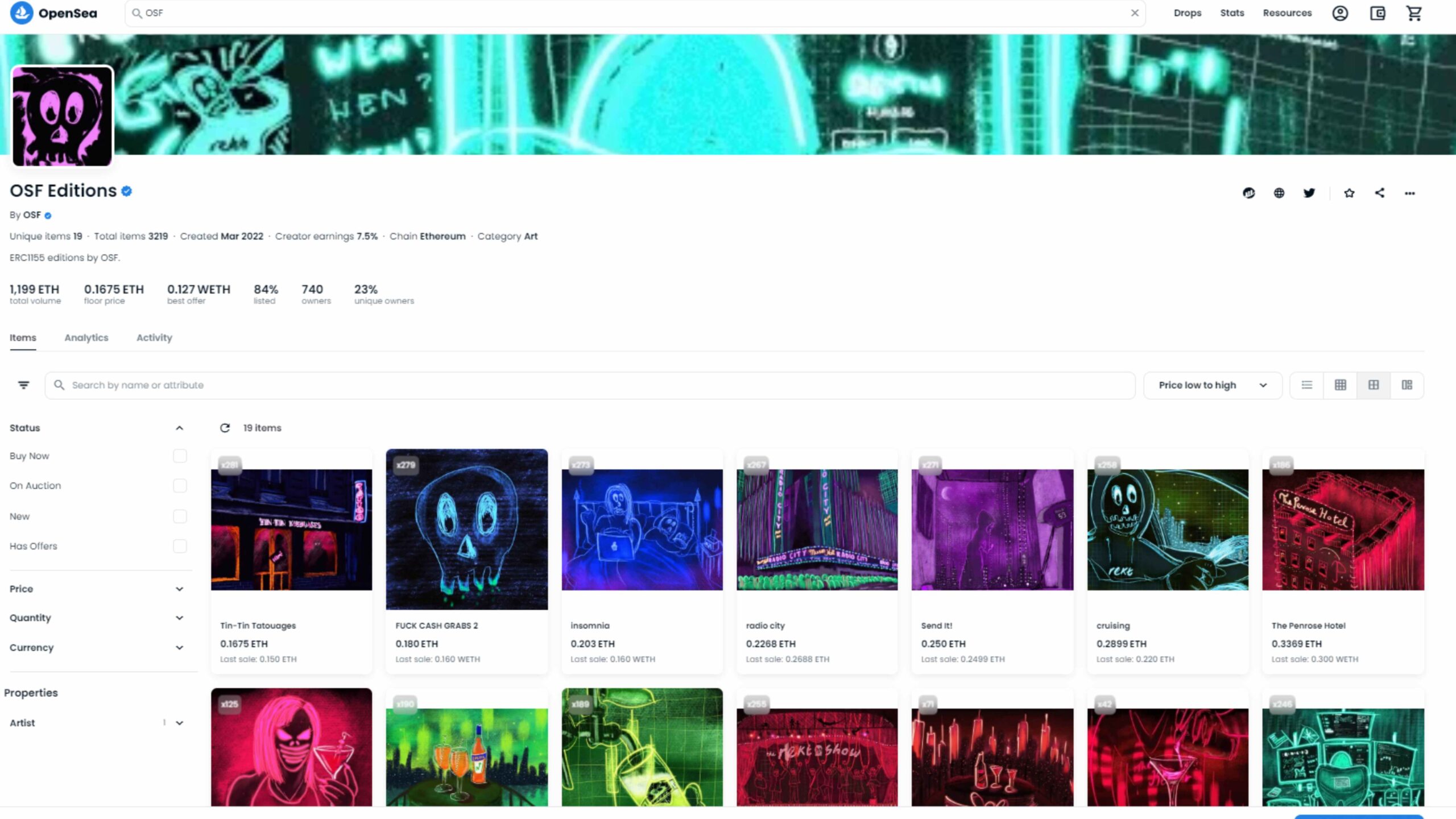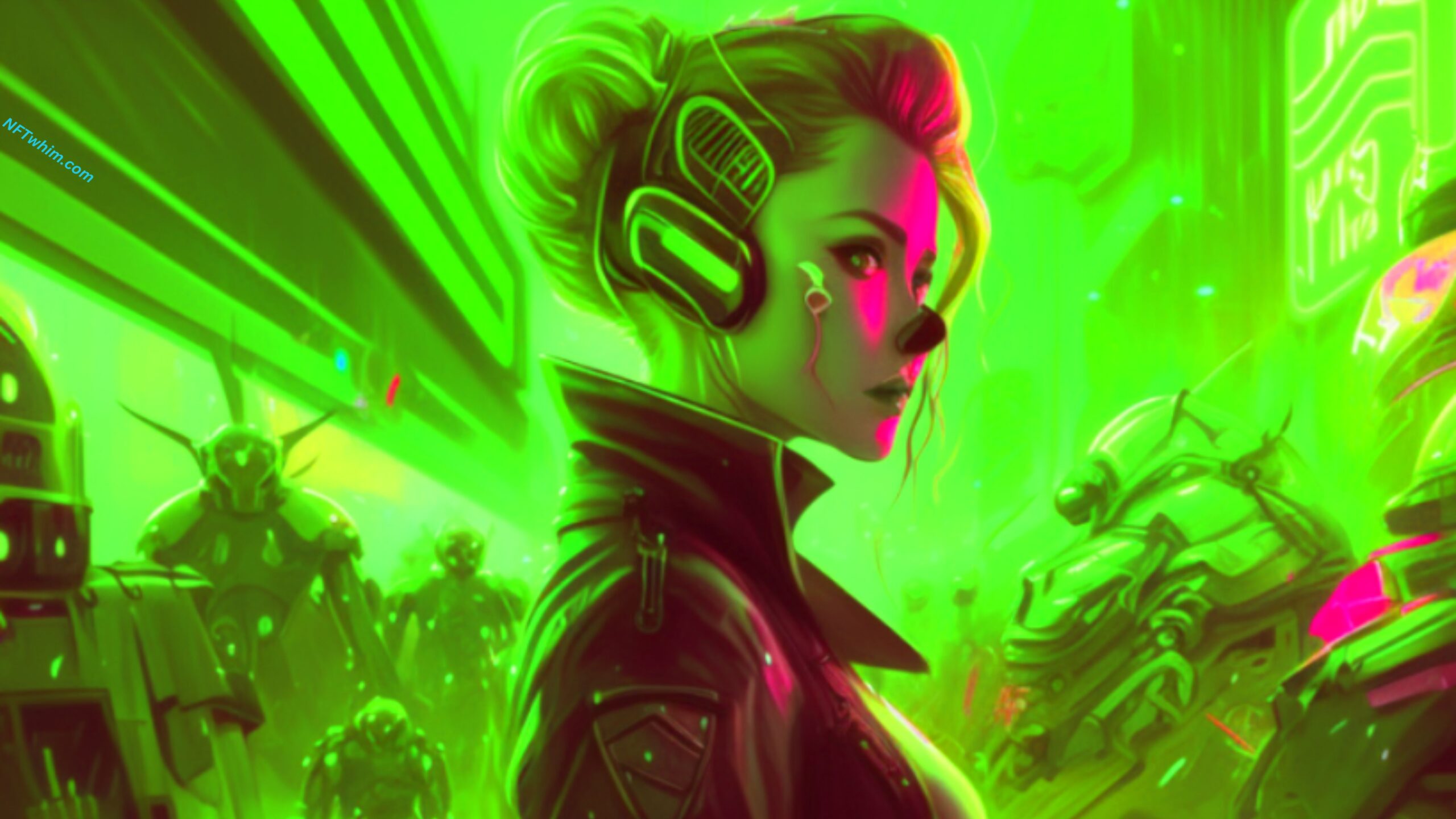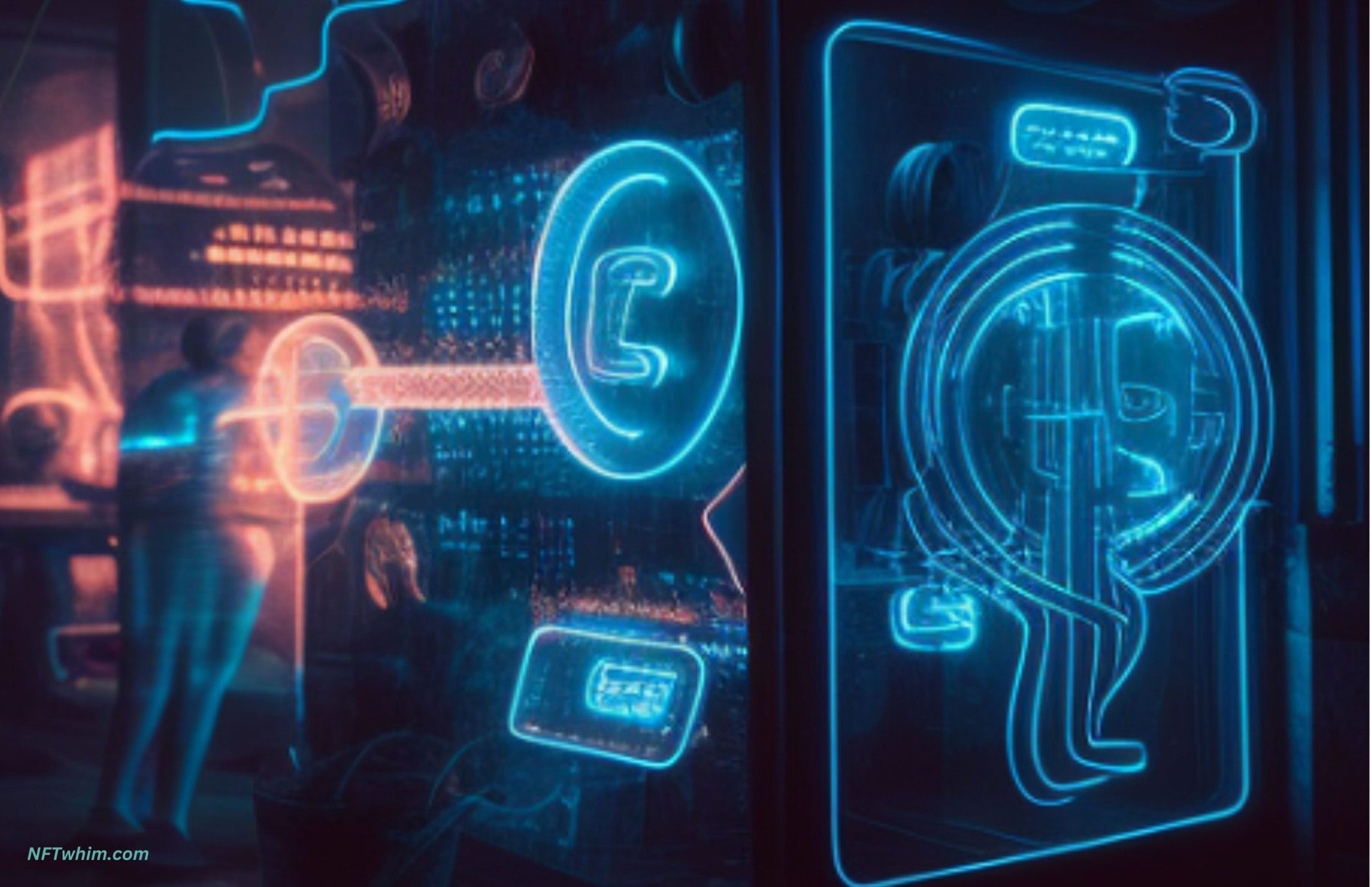Are you curious about the latest trend in photography? Have you heard of Photography NFTs but don’t really understand what they are? Well, this article is here to provide an ultimate explainer for those who want to learn more about these new digital assets.
Photography NFTs have revolutionized how photographers can monetize their work and gain recognition for their creativity. These non-fungible tokens allow anyone to securely own a piece of photographic art without worrying about its authenticity or ownership rights. With easy access to platforms that let users create, buy and sell these digital collectibles, it’s no surprise why so many photographers are getting involved in this exciting new market.
This article will delve into the world of Photography NFTs, providing readers with all the information they need to make informed decisions when it comes to buying, selling or creating their own unique pieces of artwork. We’ll explore the potential benefits and drawbacks associated with investing in this burgeoning sector as well as answer any questions you may have regarding copyright protection and privacy concerns. So get ready to unlock your creative potential while gaining financial freedom – because now’s the time!
By the way, if you are a creator or aspiring photo artist, you may also be interested in this article about how pursue a career in Photography NFT, and in this post about how to gain traction for your Photo NFTs.
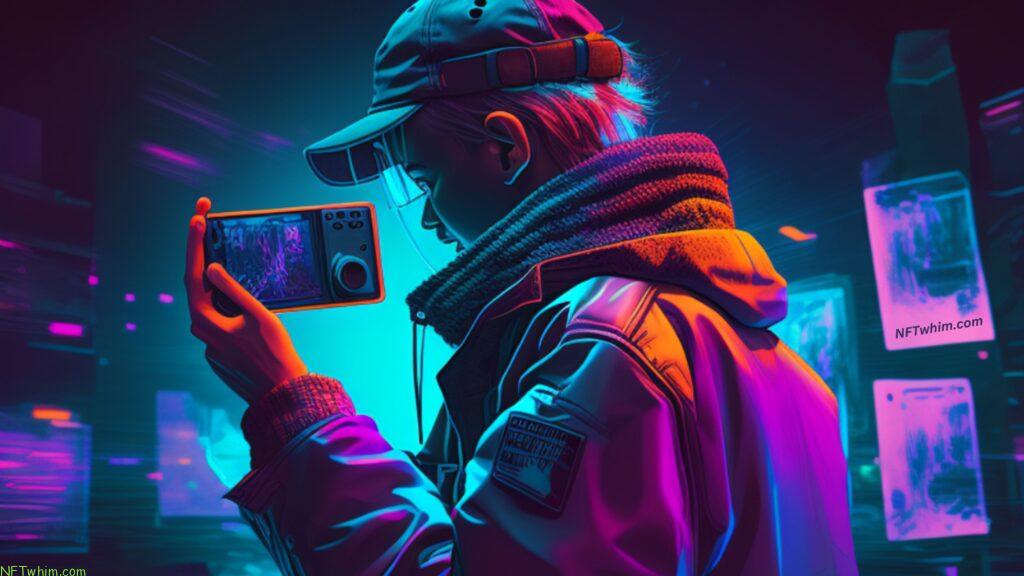
Definition Of NFTs
Have you ever heard of NFTs? Non-Fungible Tokens, or NFTs for short, are the latest craze in digital art and cryptocurrency. But what are they really? It’s easy to get overwhelmed by all the terms being thrown around but we’re here to break it down for you.
NFTs are digital assets that exist on a blockchain network like Ethereum. They’re one-of-a-kind tokens with unique characteristics, making them non-fungible – meaning not interchangeable with any other token. This means that each NFT is different from another and can’t be replicated or exchanged for something else. One famous, old-school example of an NFT is CryptoKitties, which was one of the first NFT collections to become widely popular among crypto enthusiasts. You can think of these as virtual collectibles that people buy and sell online just like traditional artwork or trading cards!
So if you’re interested in leveraging this new technology to monetize your photography skills, then NFTs might be exactly what you need. With their secure infrastructure and easily accessible marketplace, they provide photographers with an entirely new way to make money off their work while enjoying the freedom of being able to showcase their art directly to fans across the globe at any time.

What Is A Photography NFTs?
A Photography NFT is a unique type of non-fungible token that can be used to represent ownership over digital photography. These tokens are typically created on the Ethereum blockchain and have become increasingly popular in the past few years, with many photographers now turning to them as an alternative way to monetize their work. With these tokens, photographers can assign a digital asset to each photograph they create, allowing buyers to own exclusive rights to the image without having to purchase physical copies or licenses.
NFTs opens up exciting new possibilities for photographers who want to make money from their artwork but don’t necessarily have access to traditional markets like galleries or auction houses.
For those looking to break into this emerging market, understanding how NFTs work is key. The basics involve creating a smart contract between you (the creator) and someone else (the buyer). Once both parties agree upon terms related to ownership rights, royalties, etc., your digital asset will be minted onto the Ethereum blockchain and stored there permanently as a single unit – an NFT. From there, anyone interested in purchasing your photography will need ETH (Ether cryptocurrency), or other cryptocurrency that the blockchain uses, in order to complete the transaction successfully. In some marketplaces today however, you can also pay with fiat money.

Benefits Of Collecting Photography NFTs
Investing in Photography NFTs can be a lucrative opportunity for both novice and experienced investors.
With no intermediaries involved in transactions, buyers benefit from low transaction fees and faster settlement times than buying physical artworks. Additionally, there are fewer restrictions on how long you hold onto your portfolio when compared to traditional investments – meaning greater flexibility for investors.
Buyers & Sellers Of Photography NFTs
With the potential benefits of investing in photography NFTs now understood, let’s look at who is buying and selling these digital assets. On the buyer side, there are typically two types: those looking to collect artworks for pleasure or speculation; and brands wanting to use them as promotional items. On the seller-side, photographers have been quick to recognize that this new market offers a great opportunity to monetize their work through non-fungible tokens.
The growing demand for photography NFTs has created an active marketplace full of buyers and sellers from all over the world. Here we can break down those involved further into three categories:
- Prosumers — individuals with advanced skills in creating high quality images (e.g., professional photographers). These prosumers often produce limited edition works that may be highly sought after by collectors.
- Collectors — people who buy artwork purely for pleasure or as investments. They seek out unique pieces with rare qualities and come from a wide range of backgrounds.
- Brands & Companies — businesses seeking to leverage photography NFTs as marketing tools or reward programs for customers/employees, etc.
No matter what type of buyer it is, the goal remains the same – they want something special and unique that will help distinguish themselves from everyone else on the market today. Whether you’re a collector or brand, having access to one-of-a-kind photographs via NFTs provides many opportunities that don’t exist anywhere else in the industry right now. With so much interest in this emerging form of investment, it’s likely only going to become more popular moving forward!

Different Types Of Photography NFTs
Is there a limit to the types of photography NFTs one can create? That’s an interesting question, and from our research it seems that the answer is no. Photography NFTs come in all shapes and sizes, with countless styles, variants, genres, and categories available. From creative digital artworks to limited edition photographs and collections – the possibilities are endless when it comes to creating your own photography NFT.
For example, many photographers choose to create their own personal portfolios as NFTs, showcasing some of their best work in a unique way. Others opt for more abstract creations such as curated sets or special effects-based compositions. No matter what angle you take on your photography-NFT project, each piece has the potential to become its own collectible asset. With this freedom comes incredible opportunity – so why not explore the world of photography NFTs today!
How To Create A Photography NFT
Creating a photography NFT is an exciting way to bring your work into the digital world. It allows you to take ownership of and monetize your photos, as well as gain recognition from other photographers and collectors. In order to create a photography NFT, there are few steps that need to be taken:
First, decide which platform you want to use for creating your NFTs. There are many platforms available such as OpenSea, SuperRare, Rarible, etc., each offering their own unique features and benefits. Once you have chosen one of these platforms, it’s time to upload your photo assets. This can either be done directly within the platform or via third-party services like Coinbase Wallet or MetaMask.
Once the asset has been uploaded, you will then need to set up pricing details for your token. The price should reflect both the value of the artwork itself and any additional fees associated with listing it on the platform (such as gas fees). You may also choose to auction off your artwork so others can bid on it if desired. Finally, make sure that all copyright information is accurate before submitting your creation – this will ensure proper attribution and help protect against potential legal issues in the future.
With these steps complete, you’re now ready to launch your first Photography NFT! With its growing popularity amongst artists and creators alike, now is an ideal time for photographers looking for new ways to monetize their work and get noticed by potential buyers around the globe. So go ahead – start exploring what’s possible with Photography NFTs today!
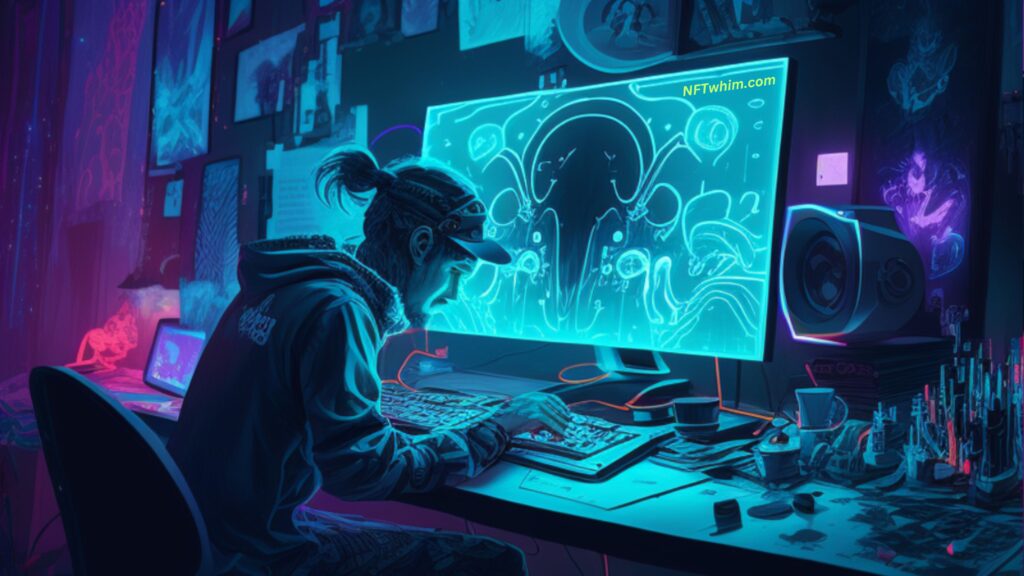
Decentralized Platforms For Trading Photography NFTs
Decentralized platforms for trading photography NFTs offer a wide range of opportunities to photographers, collectors, and investors. These platforms provide the ability to buy, sell, trade, and invest in digital assets backed by blockchain technology. They are also immutable and transparent, providing an extra layer of security to buyers and sellers alike.
Here are some key benefits that decentralized platform can offer when it comes to trading photography NFTs:
- Lower fees than traditional exchanges – you only pay a small transaction fee;
- Increased liquidity – more buyers and sellers on the platform equals greater access to deals;
- Reduced risk – since there is no central authority controlling transactions, each user maintains complete control over their funds without any third parties involved.
These features make decentralized platforms ideal for traders looking to get into the photography NFT market with minimal effort and maximum return potential. Moreover, they provide users with greater freedom due to its trustless nature – users don’t have to rely on a centralized entity for completing trades or storing funds securely. By utilizing these revolutionary platforms, photographers can be sure that their art will remain secure while offering them valuable financial rewards from their hard work!
Collectible & Unique Value Of Photography NFTs
Photography NFTs offer a unique opportunity for photographers to capitalize on their work. By allowing them to create digital collectibles, they can tap into the lucrative market of the Non-fungible Token (NFT) industry while taking advantage of copyright law protection. Collectors and investors alike appreciate the added value that photography NFTs bring, as each piece is completely unique and cannot be replicated or stolen.
This new ecosystem allows creators to get maximum exposure for their works by offering limited edition prints or other one-of-a-kind items through the use of an NFT marketplace. These markets enable buyers to purchase exclusive artwork from top artists all over the world, creating a vibrant community where anyone can showcase and sell their art in a secure environment. Moreover, NFTs are extremely transparent when it comes to tracking ownership and transferability which adds even more trustworthiness to this type of investment.
The popularity of Photography NFTs has grown exponentially due to its underlying benefits such as scarcity, creative control, network effects, irreplaceable uniqueness and traceability – making them highly sought after among collectors everywhere. With these advantages along with growing demand come numerous opportunities for photographers who want to monetize their work and gain access to global art enthusiasts seeking out rare pieces.
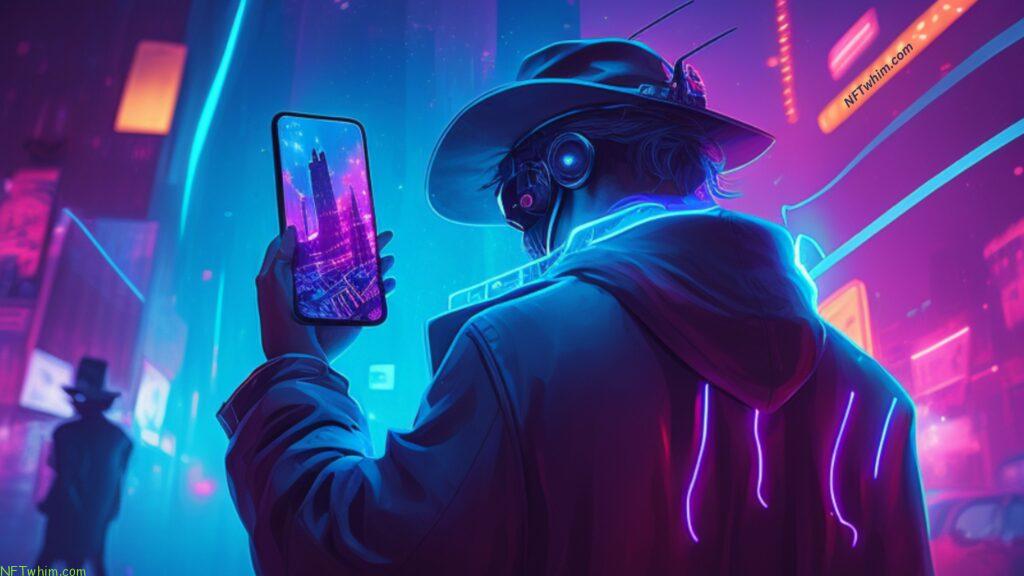
Tax Implications Of Purchasing Or Selling A Photography NFT
When it comes to buying or selling photography NFTs, there are certain tax implications that you must be aware of. These taxes can vary depending on the jurisdiction in which you live and where your NFT is located. It’s important to understand how taxes may affect your purchase or sale of a photography NFT before making any decisions.
The first thing to consider when purchasing an NFT is whether or not income tax will apply to the transaction. Generally speaking, if you make money from selling an NFT then this would likely be taxable income under local laws. Additionally, buyers should also note that sales tax may be applicable for purchases made through some websites. On the other hand, when selling an NFT as a non-resident of the country in which it was created, no taxes will typically be applied unless specifically required by law.
Taxes associated with photography NFTs can quickly become complicated due to their unique nature and varying jurisdictions around the world. To ensure compliance with relevant regulations, potential purchasers and sellers should consult with a qualified professional advisor prior to engaging in any transactions involving these digital assets.
The Future Of The Photography NFT Market
The future of the photography NFT market is looking incredibly bright. Despite being in its infancy, there’s already a huge demand for photography NFTs and they’re growing quickly. As more creators start to realize their potential, we can expect to see even greater growth in the near future.
Photography NFT trends suggest that the demand is only going up as more people learn about them and how they work. We’re likely to see an influx of new investors who are excited by the prospect of owning digital artworks with real-world value. This will open up many opportunities for both established photographers and aspiring artists alike. Furthermore, it could be a great way for these creatives to build financial security through a stable source of income from their works.
We’ll also likely witness an increase in public awareness which could lead to further adoption of this innovative technology. It has so much potential beyond just providing monetary reward; it could revolutionize the entire creative landscape! With its capacity to empower individuals around the world and provide access to rare artwork at affordable prices, there’s no telling what heights this sector may reach over time.
It’s clear that photography NFTs have considerable promise for anyone interested in investing or creating one themselves. Regardless of whether you’re an experienced photographer or someone trying out something new, now is certainly an exciting time to explore what these tokens have to offer!
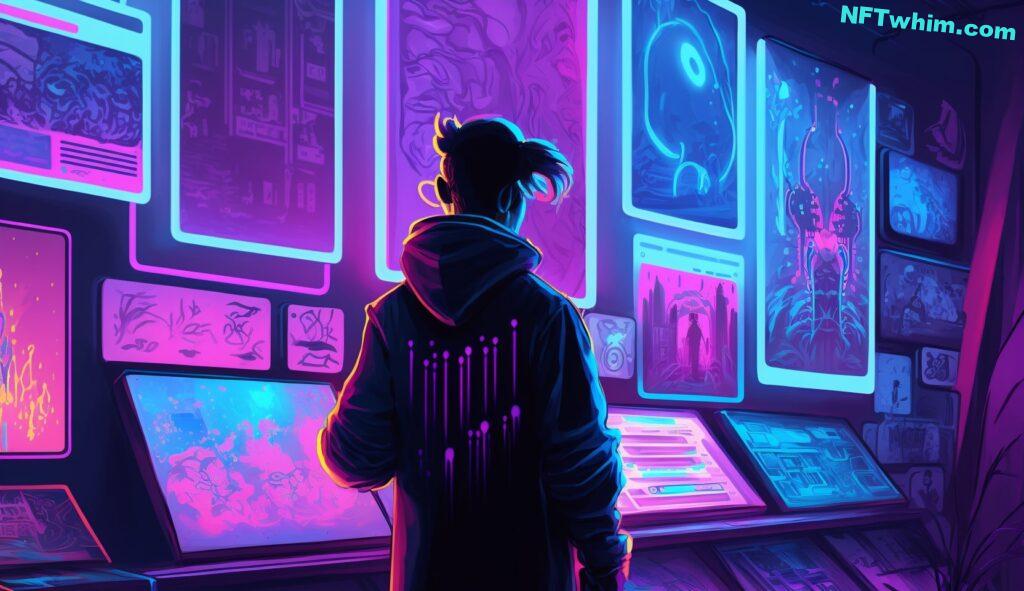
Impact On Copyright Law
Photography NFTs are ushering in a new era of digital photography and copyright law. As the market for these tokens grows, it is becoming increasingly clear that their impact on copyright law will be significant. In fact, Photography NFTs may have wide-reaching implications for photographers worldwide who rely on their rights to ownership of their work for financial success.
The sale of photography as NFTs means that photographers can now turn images into tradable items with immutable evidence of ownership stored securely in the blockchain. This offers far greater protection than traditional methods such as watermarking or postings online – allowing photographers to better protect their creative works from theft or misuse. Additionally, this technology also allows artists to easily monetize usage of their content, setting up automated royalty payments based on predetermined criteria when someone buys an image tokenized as an NFT.
This shift towards tokenization has the potential to revolutionize how photos are used and shared and could drastically alter existing legal frameworks surrounding copyright law. For instance, once a photograph is turned into an NFT there is no need for lengthy contracts between buyers and sellers since all necessary information regarding purchase and royalties would already be encoded within the asset itself. By giving more control to creators over how their art is used and compensated, Photography NFTs offer exciting new opportunities for photographers across the world looking to make money off their work without having to navigate complex agreements or worry about losing out on profits due to piracy or other infringements.
Ethical Considerations For Investing In Photography NFTs
When it comes to investing in photography NFTs, ethical considerations are paramount. As an investor, you should take into account the implications of your purchase and understand how the artist benefits from their work being turned into a digital asset. Additionally, many creators may not be familiar with the technology that goes into creating these tokens or the implications of owning them. It’s important to do research and make sure you’re investing ethically before committing any money to photo nfts.
It is also worth considering whether buying an NFT could encourage further unethical practices such as copyright infringement or exploitation of images without consent. To ensure that your purchases are ethically sound and benefit both parties involved, it’s important to obtain permission from the creator prior to purchasing an image-based token. This way, everyone is clear on what rights they own over their artwork and can agree upon fair terms for future use.
Investing in photography NFTs requires knowledge of the market and respect for its participants. Taking time to assess each potential investment carefully will help ensure that all parties involved receive adequate compensation and protection under established laws and regulations. Acknowledging potential risks and understanding legal ramifications are essential when embarking on this type of venture – but done right, it can open up new opportunities for photographers looking to diversify their income streams while getting recognition for their artistry.

Risks Associated With Purchasing Or Selling A Photography NFT
Like a ship navigating a stormy sea, purchasing or selling a photography NFT comes with certain risks. Although the potential rewards are vast, there are some important considerations to make and steps to take in order to protect your investment. Here is an overview of what you need to know:
- Security Concerns: When buying or selling any digital asset online, security should be top priority. Be sure that you only use reputable websites for purchases and sales, and always verify the authenticity of each transaction before completing it. Additionally, consider implementing two-factor authentication when possible as an added layer of protection.
- Fraudulent Transactions: As with any financial transaction, there is always the risk of fraud when making purchases or sales related to photography NFTs. To mitigate this possibility, research vendors thoroughly before doing business with them, and never accept payment from anyone who does not have a proven track record on the platform in question.
- Market Fluctuations: The prices of photography NFTs can vary quite significantly due to market forces beyond your control such as investor sentiment and news cycles. Therefore, it’s vital that you stay abreast of current trends in order to make informed decisions about investments at all times.
- Regulatory Compliance Issues: Depending on where you live or conduct business, there may be compliance requirements for using cryptocurrency for transactions involving photography NFTs. It’s essential that you understand applicable laws so that you remain compliant while also protecting yourself legally if necessary.
With these points in mind, it’s clear that investing in photography NFTs has both its advantages and drawbacks – but by taking the proper measures outlined above, buyers and sellers alike can ensure their investments are secure without sacrificing peace of mind along the way.
Tips For Finding Success As A Photographer With An NFT Market
To succeed as a photographer in the NFT market, one needs to have an understanding of what it takes. Firstly, you should be aware that the photography nft success rate is not very high; however, with the right strategies and tactics, you can increase your chances. Here are some tips for finding success as a photographer with an NFT market:
Firstly, create quality content that stands out from other photographers’ works. Make sure that it is unique and captures people’s attention quickly. You should strive to produce artwork that has an emotional connection with viewers so they will want to take ownership of it by purchasing it through an NFT marketplace.
Secondly, consider promoting your work on social media platforms or via advertising campaigns such as Google Ads or Facebook ads. This will help expand your audience reach and generate more sales.
Additionally, you may also want to consider joining affiliate programs which offer commission fees based on successful transactions made through their platform.
Finally, stay up-to-date with trends in both technology and art – this will help keep your portfolio fresh and interesting while also allowing you to capitalize on new opportunities emerging within the industry.
By following these tips and implementing them into your workflow, you’ll have a better chance at achieving success in the NFT photography market! With determination, creativity and hard work – there’s no limit to how far you can go!

Conclusion
In conclusion, photography NFTs are an innovative new way for photographers to monetize their work. As with any other form of investing or selling artwork, there are ethical considerations that buyers and sellers need to keep in mind before entering into a transaction. Ultimately, it’s up to the individual photographer whether they want to pursue this digital asset market but knowing the risks associated can help them make informed decisions.
For those who choose to invest or sell their works as NFTs, understanding copyright law is essential. Additionally, doing research on potential buyers and being active in the community by engaging with fans will be key for success in this rapidly growing space. It’s important to remember that although blockchain technology has been around for years now, it’s still relatively ahead of its time – so you have to stay one step ahead of your competition if you want to maximize profits!
As we move forward into 2021 and beyond, expect more photographers taking advantage of this revolutionary tech trend – after all, why not jump on board and capitalize on something that could potentially revolutionize how people buy art? By taking steps towards becoming knowledgeable about photography NFTs today we can ensure our future success tomorrow.
Author: Robin Olsson
Author Bio: I’m Robin and on this website, I share everything I’ve learned since getting into NFTs in 2021. I have a background in research and I’ve been in crypto for several years. You can read more about me here.
